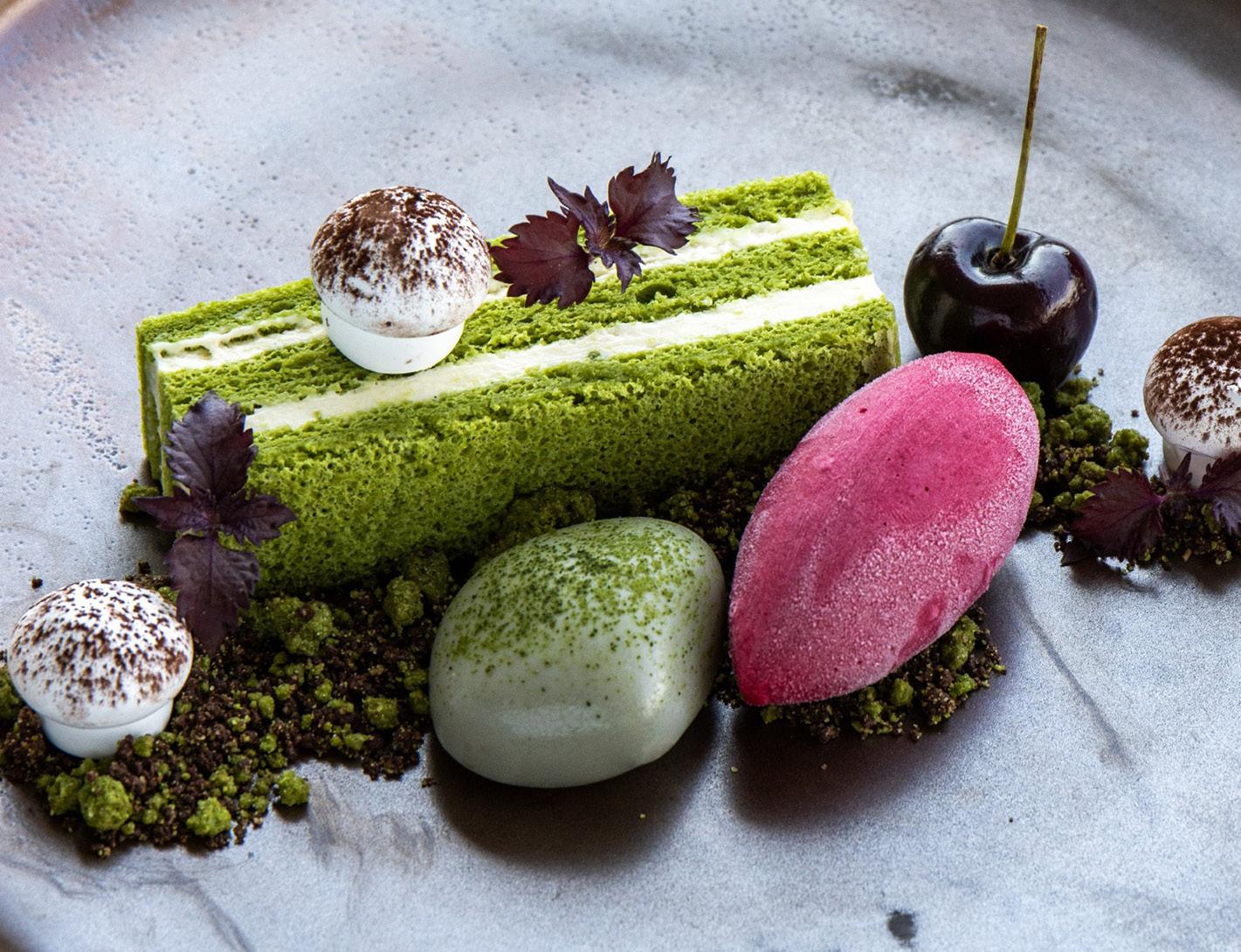
7 minute read
FEATURE: SWEET TREATS
Sweet Comforts
Winter is the perfect time for clubs to lean into the cravings for indulgent, cosy desserts, while getting creative with managing rising ingredient costs.
AS THE COOLER months settle in, there’s a natural shift in cravings. Lighter dishes make way for rich, hearty fare, and desserts become an essential to the end of a meal. Winter calls for sweets that feel a little more indulgent and can offer comfort against the chill.
But even as demand for decadent treats rises, clubs are mindful of balancing creativity with cost pressures. Rising prices for key ingredients like chocolate, dairy and eggs have pushed kitchens to think smarter, crafting desserts that deliver on richness and satisfaction without becoming a burden on the bottom line.

At the Australian Turf Club, head pastry chef Rohit Menon finds inspiration in the seasons and the surrounding local produce.
“When creating seasonal desserts, I draw inspiration primarily from the incredible quality and diversity of Australian produce, especially what’s locally available in and around Sydney,” he said.
“I like to blend classic techniques with a modern Australian edge, often pulling ideas from nature, art, and current trends on social media. Collaborating with local growers, suppliers, and producers also spark ideas.”
This winter, Menon is leaning into more relaxed, share-style desserts that are well-loved classics delivered with a modern twist, yet are warm and nostalgic, and ideal for the social atmosphere of chilly race days.
We’re focusing on smaller, more strategic uses of high-quality chocolate.
– Rohit Menon, Australian Turf Club head pastry chef
On the menu, there’ll be generous bowls of rich tiramisu spiked with dark rum; a Black Forest-inspired dessert featuring layers of chocolate sponge, spiced cherry compote, and cultured cream Chantilly; and a sweet and salty miso pudding served with a silky miso cremeux, hazelnut cake and malt crumble.
“These desserts are about bringing people together at the table, offering bold flavours and textures that suit the season, while still feeling special and race-day ready,” he said.

Seasonality not only drives creativity but helps clubs manage rising ingredient costs. The ongoing cocoa shortage, for example, has forced Menon to rethink how he uses chocolate.
“We’re focusing on smaller, more strategic uses of high-quality chocolate. This means using chocolate in more refined forms, like bonbons and truffles, rather than in larger quantities for products like cakes or mousses,” he said.
“By being creative with what we use and working closely with our suppliers to source the best alternatives, we’re able to continue offering desserts that feel special, without compromising on the experience.”

Despite the need to keep a closer eye on budgets, the Australian Turf Club remains focused on delivering a sense of indulgence through their dessert offerings, with presentation playing a key role in elevating even the simplest ingredients.
“At the Turf Club, presentation matters just as much as taste, so I design each dish to be a visual showpiece that reflects the season and enhances the day’s experience for our guests,” Menon said.
Bringing talent in-house
For CSC Group’s North Lakes Sports Club in Queensland, having a full-time pastry chef has been a game-changer.
“We have a full-time pastry chef at North Lakes. Her sole job is making all of our fresh desserts, which is a little bit different from the usual brought-in products,” said James McIntyre, CSC Group’s food and beverage manager.
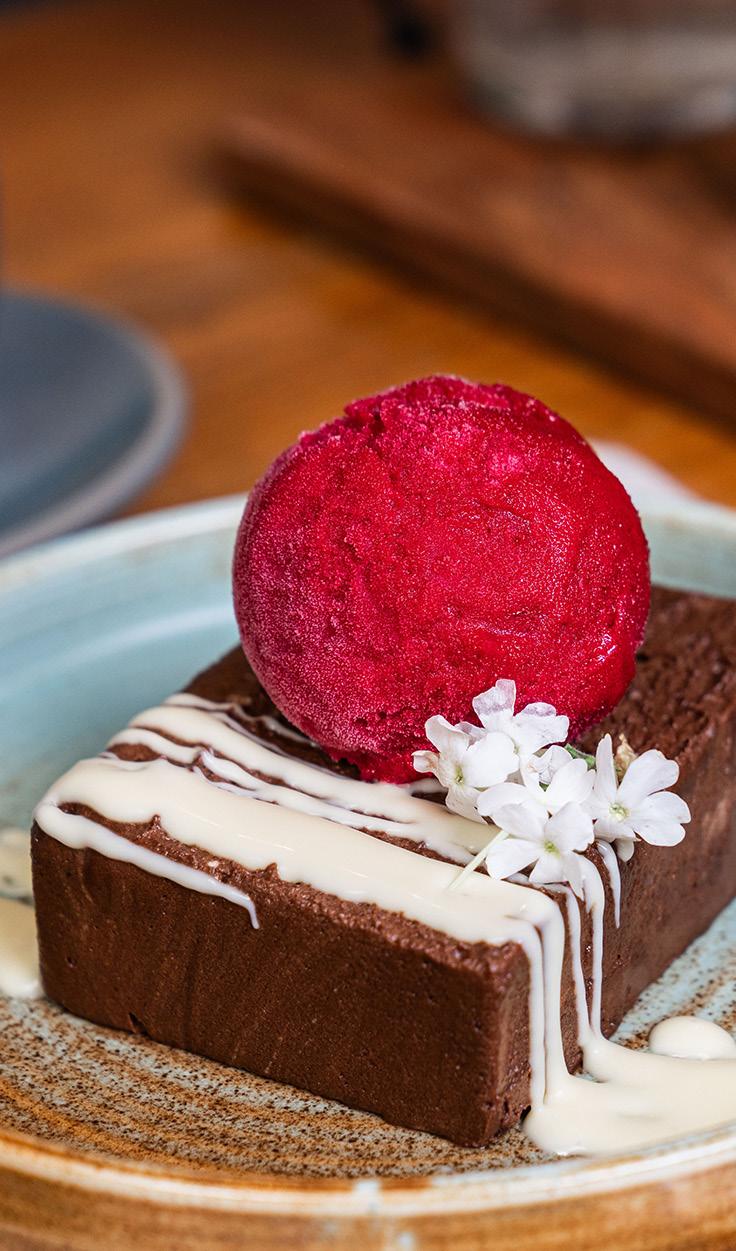
“It’s a point of difference for us and it’s appreciated by our customers there.”
This in-house talent allows North Lakes to offer winter crowd-pleasers like sticky date pudding with butterscotch sauce and homemade vanilla ice cream, and a chewy chocolate brownie served warm.
We find if the dessert pricing is comparative to that of an entree, it then has the customers weighing up both options.
– Matthew Wynn, Brisbane Club chef de cuisine
McIntrye explained how menus are continually refreshed, with member feedback, especially around dietary needs, driving new offerings such as gluten-free and sugar-free desserts. Monthly specials, such as house-made pistachio tiramisu that has quickly become a favourite, also keep the menu fresh.
McIntyre noted that in recent years, more members are visiting the club specifically for the food and beverage offering, which makes it crucial to switch-up the menu.
“We have lots of regulars, so we’re constantly reinventing ourselves with weekly and monthly offers to avoid a stale menu,” he said.

“Our pastry chef also designs birthday cakes for functions, which adds another personal touch our members really appreciate.”
McIntyre noted that despite cost-of-living pressures making guests more conscious of their spending, many still see dessert as an important and memorable way to finish their meal.
“There’s probably 20 to 30 percent of our members who will buy a dessert at the end of the night. But say if it was a table of four, they might not want a desert each, so what they’ll do is share dessert or two.”
Balancing tradition with creativity
Unlike CSC Group, where dessert sales remain strong, Brisbane Club has seen signs that members are starting to cut back, according to executive pastry chef Rodney Turnbull.
It’s a challenge chef de cuisine Matthew Wynn takes seriously.
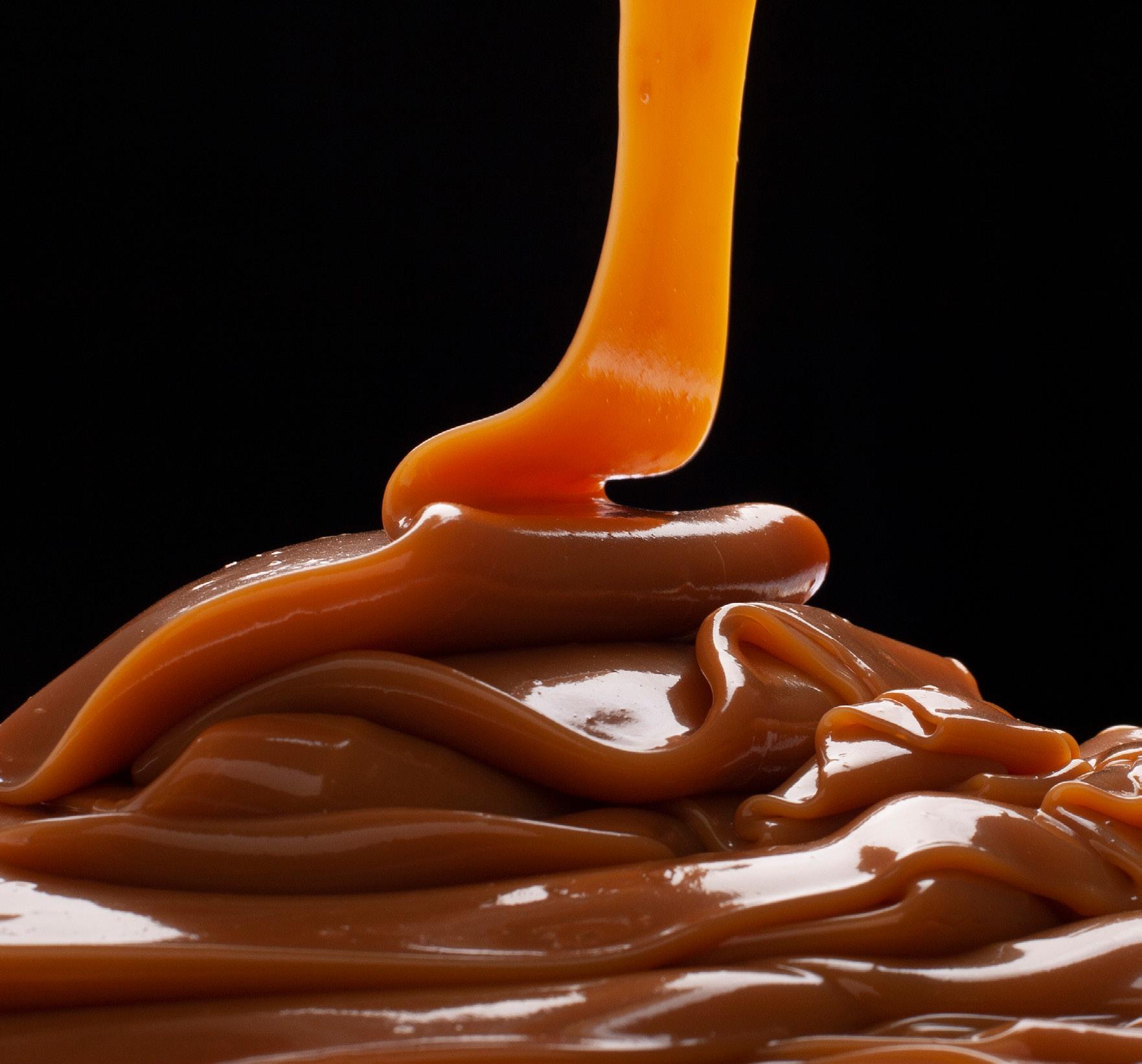
“Trying to keep items reasonably priced is always a challenge, also keeping them appealing is tough too, but we have a good reputation for pastry here at the club and we find if the dessert pricing is comparative to that of an entree, it then has the customers weighing up both options.”
Brisbane Club caters to a range of dining experiences – from fine dining a la carte, custom degustation menus to lounge cafe dining, and bar snacks – so Wynn and Turnbull know the dessert menu must work across multiple settings.
Although there are current cost sensitivities, the team is leaning into comfort and seasonality for winter.
“During the colder months we tend to see a shift toward warm desserts like sticky date pudding, bread and butter pudding, and choc pecan tart,” Turnbull said.
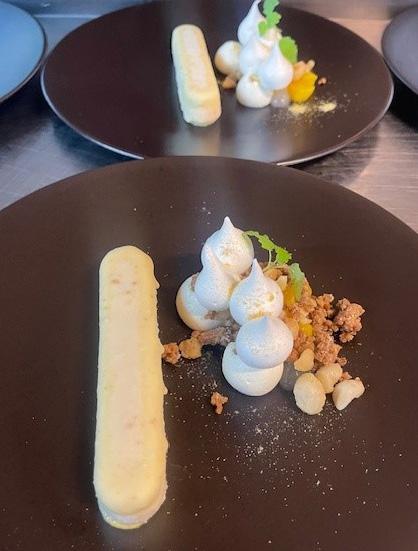
“We also use what’s in season, so we use lots of citrus for lemon meringue tarts and orange almond cake, as well as yuzu with dark chocolate.”
Despite the seasonal additions, the club’s lemon meringue tart is a perennial favourite, but more playful creations like an apple fairy floss and whiskey fireball dessert also have a loyal following.
Wynn added that the club is looking to trial more native ingredients this winter in response to growing member interest.
“We’ve had some questions from members around the use of native bush gums and seeds, which we’re excited to explore,” he said.
In 2011, Wynn won the prestigious Nestlé Golden Chef Hat Award, a recognition of his skill and creativity in the kitchen.
“The competition definitely makes you use everything around you and emphasises the skills to turn basic items into intricate food elements to complete dishes,” he said.
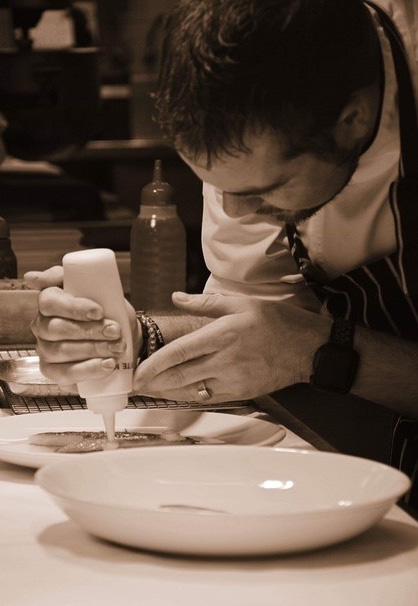
While indulgence still has its place, Turnbull said the club is seeing a steady shift toward desserts that are lighter and better cater to dietary needs.
“We would say there is more of a push towards ‘healthier’ dessert options that include more fresh fruits,” he said.
“Also, they are tending to move more towards dietary safe options for example gluten-free, nut-free, no dairy and sugar-free.”



